$32.16 – $46.71Price range: $32.16 through $46.71
- Top-Notch Quality
- The best quality products, always.
- Shop with Confidence
- Secure Shopping with Safe Payments

Details
- For use with all Pawz Away systems
- Lightweight collar is comfortable for cats and dogs 5 lbs and up with neck sizes 6″- 28″
- Safe for indoor or outdoor use
- Uses progressive static correction to adjust to pet’s sensitivity
- Collar also comes with (2) 3-Volt Lithium Batteries, Operating and Training Guide and Test Light Tool
Until pets take a clue from fashionistas and start to share clothes, keeping four additional paws from snooping where they shouldn’t will require an additional collar. The PetSafe Pawz Away Extra Indoor/Outdoor Collar is a waterproof receiver collar that delivers harmless, progressive static correction to make sure curious cats and dogs stay away from no-no areas like gardens and rugs.
Specifications
| Item Number | 78410 |
|---|---|
| Lifestage | Adult |
| Breed Size | N/A |
| Features | Adjustable Correction, Indoor, Waterproof, Wireless |
| Collar Type | Fence System – Noise, Fence System – Static |
| Neck Size | 6 to 27 inches |
| Recommended Pet Weight | 5 pounds & up |
| Compatibility | Battery Powered |
Precautions
Avoid leaving the collar on for more than 12 hours a day. Please refer to packaged instructions for additional details.
Instructions
I can’t hear the Receiver Collar tone.
- Check or replace batteries in Receiver Collar.
- Pets easily hear tone but it may be a volume level that is difficult for you to hear.
- Use the Test Light Tool to check Receiver Collar for static correction.
My pet does not react to the stimulation.
- Check/replace batteries in Receiver Collar.
- Use Test Light Tool to check for static correction.
- Check Receiver Collar fit to ensure Contact Points have direct skin contact.
- Check the setting on the Barrier Transmitter.
The Barrier Area range is too low or too high.
- Check/replace batteries in Receiver Collar.
- Adjust Barrier Transmitter range to increase/decrease Barrier Area size.
- Check for metal objects close by.
The Barrier Transmitter does not appear to work.
- Check segment indicator on Barrier Transmitter.
- Check/replace batteries in Barrier Transmitter.
- Increase the Barrier Area range on the Barrier Transmitter.
- Check that the Barrier Transmitter setting corresponds to the Receiver Collar setting. (i.e. Barrier Transmitter is set to mode A and Receiver Collar is synchronized to pick up mode A).
There are no segments on the Barrier Transmitter.
- Press the UP (+) arrow button.
- Check/replace batteries in Barrier Transmitter.
FAQ
Important: Proper fit and placement of your Receiver Collar is necessary for effective operation. The Contact Points must have direct contact with your pet’s skin on the underside of his neck. A collar worn for too long or made too tight on the pet’s neck may cause skin damage. Ranging from redness to pressure ulcers; this condition is commonly known as bed sores.
- Avoid leaving the collar on the dog for more than 12 hours per day.
- When possible reposition the collar on the pet’s neck every 1 to 2 hours.
- Check the fit to prevent excessive pressure; follow the instructions in this manual.
- Never connect a lead to the electronic collar; it will cause excessive pressure on the contacts.
- When using a separate collar for a lead, don’t put pressure on the electronic collar.
- Wash the dog’s neck area and the contacts of the collar weekly with a damp cloth.
- Examine the contact area daily for signs of a rash or a sore.
- If a rash or sore is found, discontinue use of the collar until the skin has healed.
- If the condition persists beyond 48 hours, see your veterinarian.
To ensure a proper fit, please follow these steps:
-
Using the edge of the Test Light Tool, turn the battery door to the OFF position.
-
Start with your pet standing comfortably.
-
Place the Receiver collar on your pet so that the PetSafe® logo is facing your pet’s chin. Center the Contact Points underneath your pet’s neck, touching the skin. If your pet has a long or thick coat then it may be necessary to trim the hair around the Contact Points to make sure that contact is consistent.
Note: The Receiver Collar comes with Short Contact Points. Long Contact Points are available. -
Adjust the tightness of the Receiver Collar to fit your pet’s neck. Check the tightness of the Receiver Collar by inserting one finger between the end of a Contact Point and your pet’s neck. The fit should be snug but not constricting.
-
Allow your pet to wear the Receiver Collar for several minutes then recheck the fit. Check the fi t again as your pet becomes more comfortable with the Receiver Collar.
- Once you are satisfied with the fit of the Receiver Collar then you may trim any excess collar strap as follows:
- Mark the desired length of the Receiver Collar with a pen. Allow for growth if your pet is young or grows a thick winter coat.
- Remove the Receiver Collar from your pet and cut off the excess.
- Before placing the Receiver Collar back onto your pet, seal the edge of the cut collar by applying a flame along the frayed edge.
How does it work?
The PetSafe Pawz Away Mini Pet Barrier keeps your pet away from a certain room, away from trash, off of furniture, etc. Just place the Barrier Transmitter near the area your pet should avoid. The Mini Pet Barrier transmits an elliptical radio signal adjustable up to 5 feet. Your pet wears a Receiver Collar with Contact Points that touch his neck. When your pet enters the Barrier Area, he’ll hear a series of audible tones from the Receiver Collar and he will feel a safe Progressive Static Correction, delivered through the Contact Points on his neck. The Progressive Static Correction will get his attention, but will not cause harm. The correction continues until your pet leaves the Barrier Area. The PetSafe Pawz Away Mini Pet Barrier has been proven safe, comfortable, and effective for pets at least 6 months old and 5 pounds or more.
The barrier also allows you to keep certain pets away while giving other pets access. When the Barrier Transmitter and Receiver Collar are set to mode A, the Barrier Transmitter denies access to pets wearing a Receiver Collar programmed to mode A. Receiver Collars set to mode B will not pick up the signal from a Barrier Transmitter set to mode A. When the Barrier Transmitter and Receiver Collar are set to mode B, the Barrier Transmitter denies access to pets wearing a Receiver Collar programmed to mode B. Receiver Collars set to mode A will not pick up the signal from a Barrier Transmitter set to mode B. When the Barrier Transmitter is set to mode AB, the Barrier Transmitter denies access to all pets wearing the Receiver Collar, no matter which mode the receiver is programmed to.
| Style | Original, Black |
|---|
Be the first to review “PetSafe Pawz Away Extra Indoor/Outdoor Collar” Cancel reply
Related products
Crates, Pens & Gates
Crates, Pens & Gates
Bark Control & Remote Training
SportDOG SDT00-11907 SD-400 & SD-800 Series Receiver Battery Kit
Bark Control & Remote Training
Bark Control & Remote Training
Bark Control & Remote Training
Car Accessories
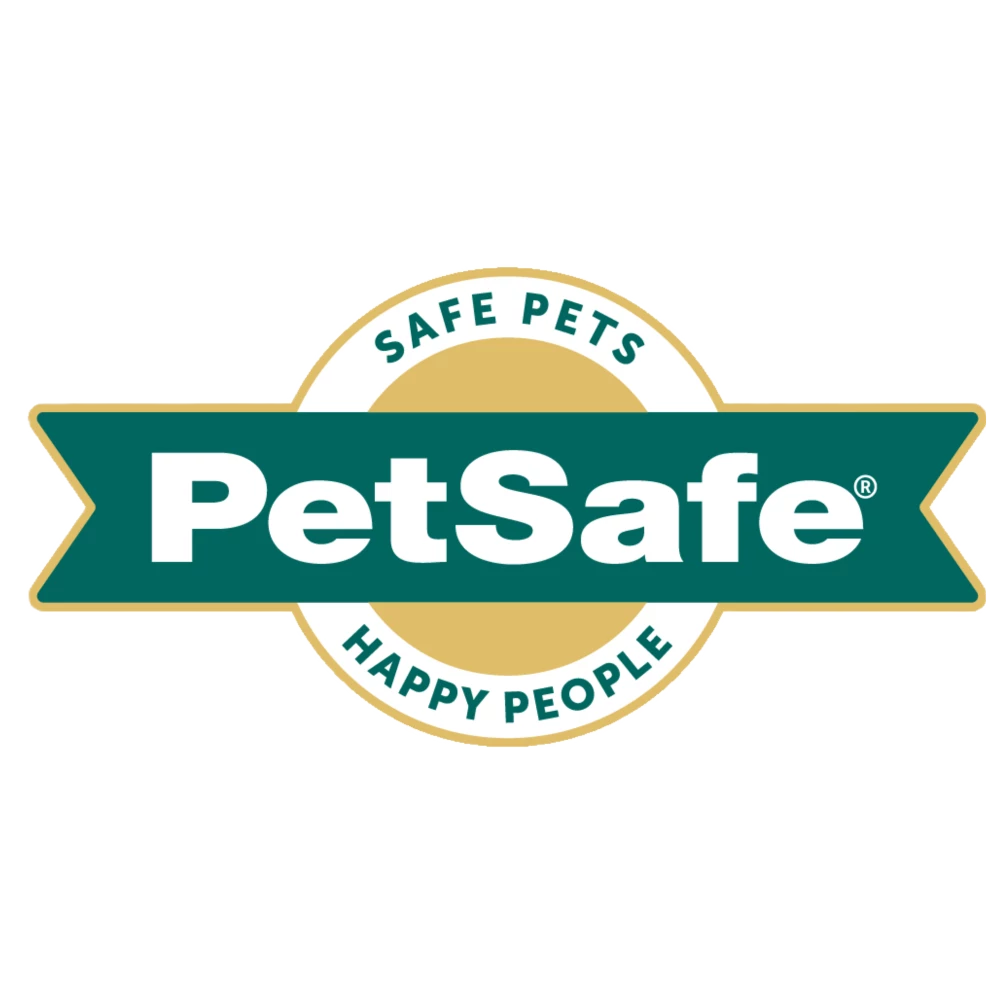

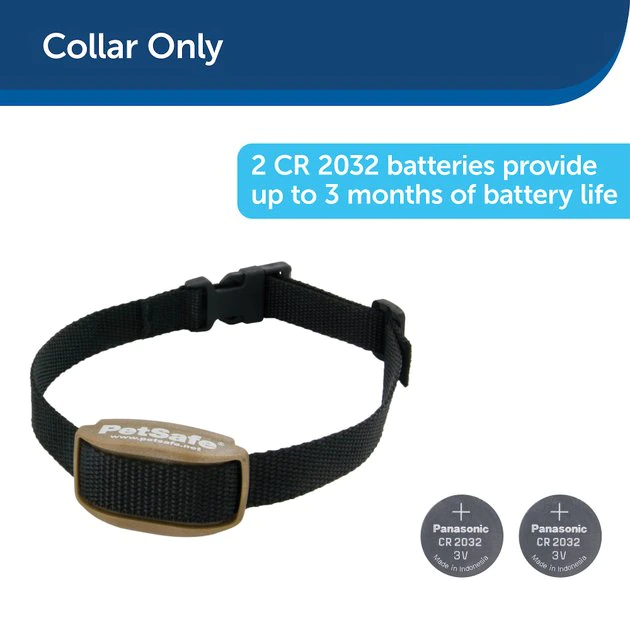

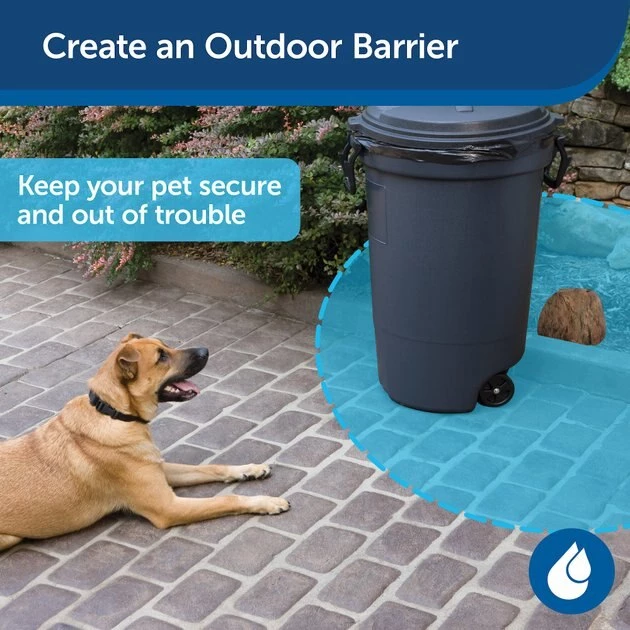
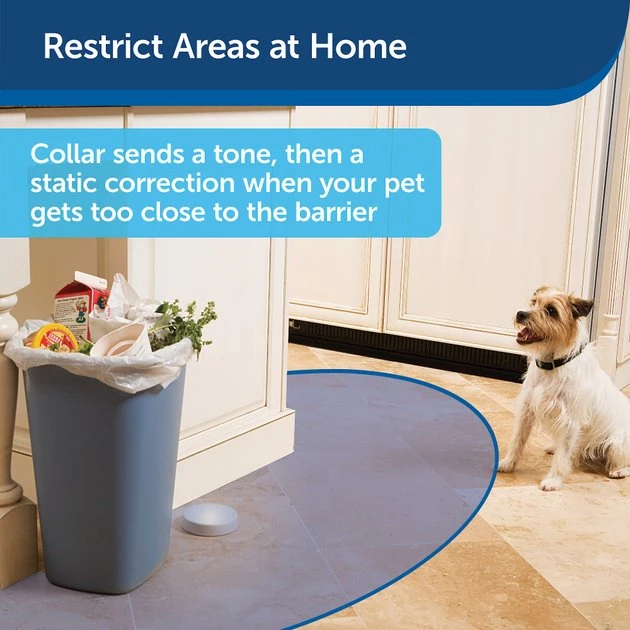
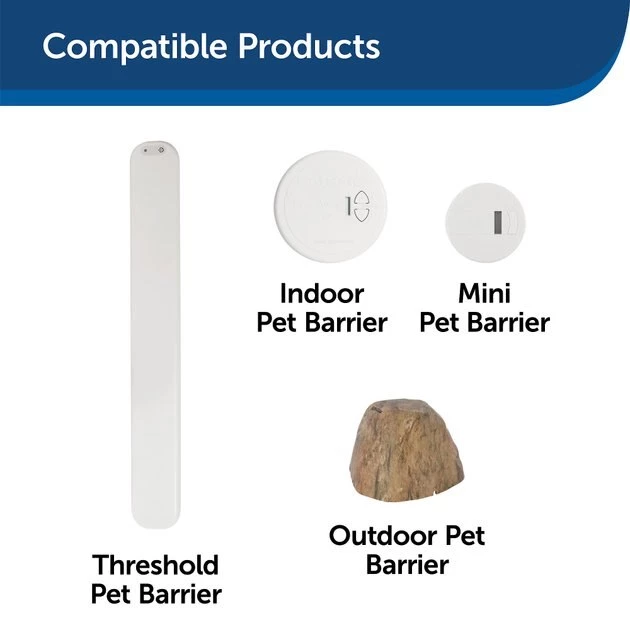





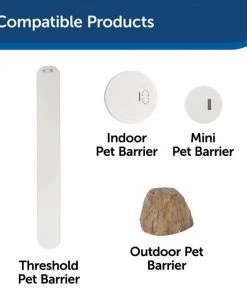



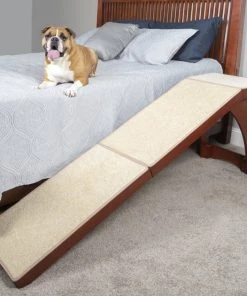
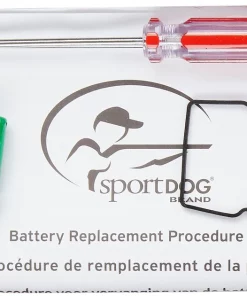



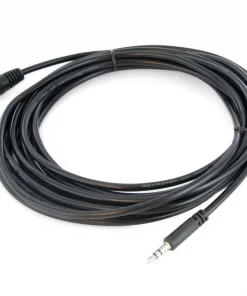




Reviews
There are no reviews yet.